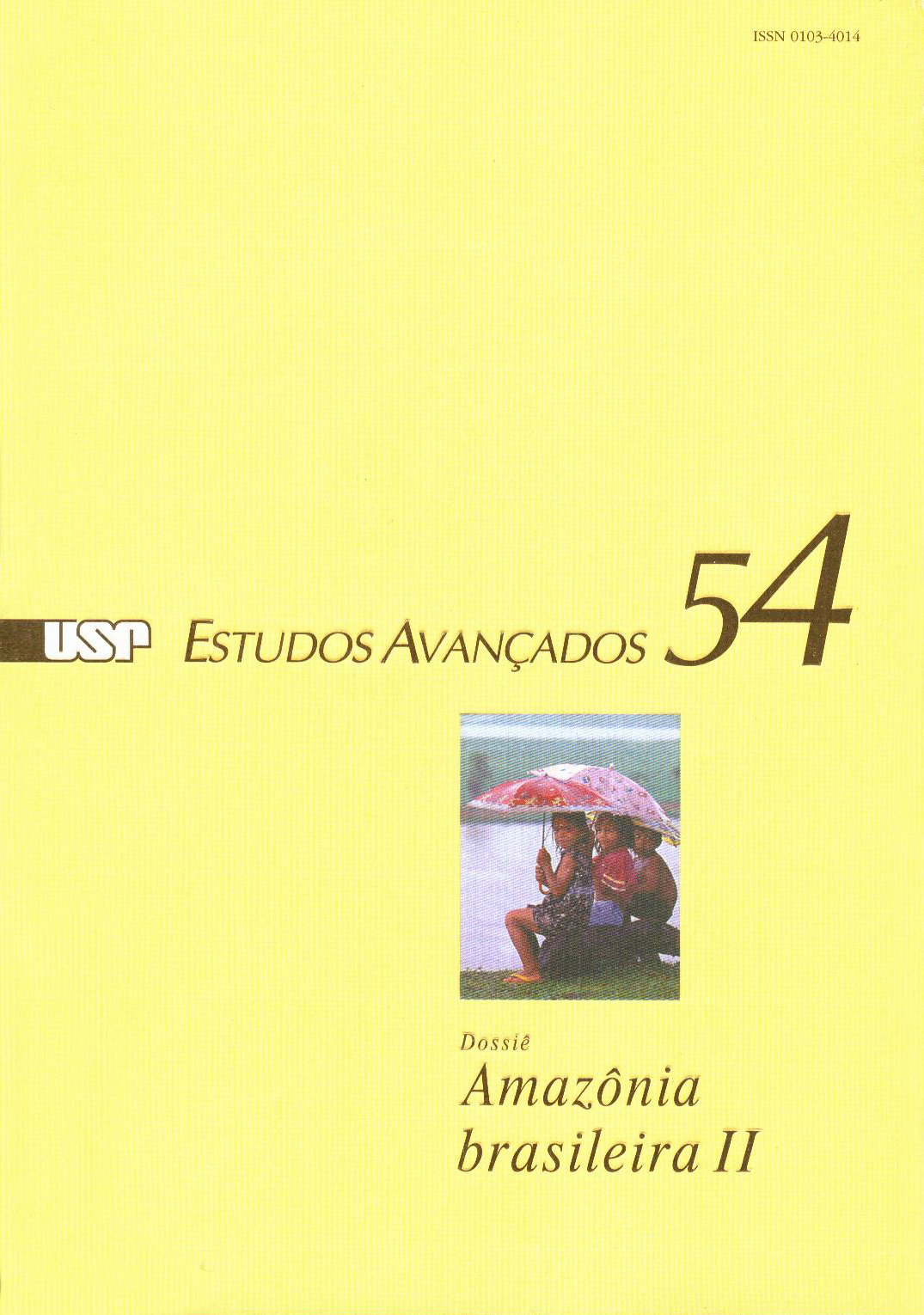Qualidade e diversidade institucional na pós-graduação brasileira
Keywords:
Graduate studies, evaluation, diversity, universitiesAbstract
THE INSTITUTIONS that offer graduate programs in Brazil are analyzed with respect to their diversity and quality. This diversity has grown in the last decades. Brazil had, in 2003, a total of 45 doctoral/research institutions, 73 that offered master degree (besides 1,554 institutions that offered graduate courses). The geographic distribution of these institutions is quite irregular. The relation between the number of institutions involved in graduate programs in Brazil and USA is similar to the proportion of the GNP of the two countries. The doctoral/research institutions in Brazil, like in the USA, are basically public, followed by community-type institutions that, in the case of Brazil, have often faith-relate origin. Contrary to common believes, Brazil graduates a larger percentage of doctorates in applied areas then the USA. In fields like Agrarian Sciences and Health Sciences, the absolute numbers are similar. This implies a clear risk of future brain drain in these fields of knowledge, potentially damaging for countries like Brazil. The quality of the master and doctorate programs does not depend strongly on the administrative nature, if public, community related or private. The quality of the master programs of an institution depends on the number of its graduates but also on the fact that the institution offers or not doctoral programs. Distinct fields of knowledge seem to mature differently. Health Sciences present the worst Capes scores (4.2) while Exact and Earth Sciences present the best (5.7). Some institutions have reached international level in some of the large areas of knowledge.Downloads
Download data is not yet available.
Downloads
Published
2005-08-01
Issue
Section
Ensino Superior
License
Estudos Avançados não celebra contrato de cessão de direitos autorais com seus colaboradores, razão pela qual não detém os direitos autorais dos artigos publicados. Os interessados em reproduzir artigos publicados na revista devem necessariamente obter o consentimento do autor e atribuir devidamente os créditos ao periódico.
How to Cite
Steiner, J. E. (2005). Qualidade e diversidade institucional na pós-graduação brasileira . Estudos Avançados, 19(54), 341-365. https://revistas.usp.br/eav/article/view/10085


